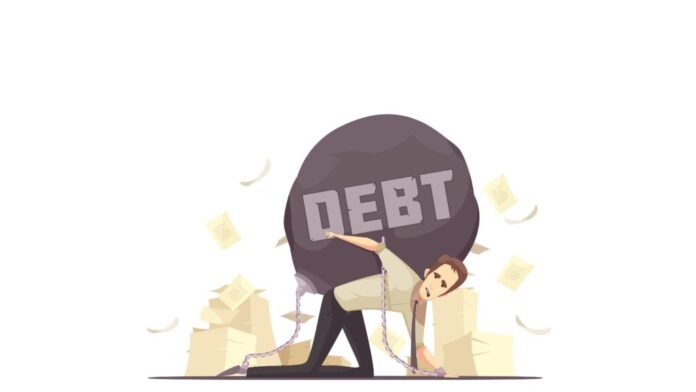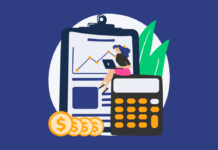The fact is, banks and financial institutions are ready to provide you with a credit card, and as a credit product, a credit card is the most convenient one. But the problem arises when we over-use the power of credit. The balance and control of when to swipe your card and when to give it a pass are what will determine your debt bucket.
In this article, we will try to identify and explore ways to dodge the debt trap. So, if you are dealing with credit card debt, hopefully this will be a good read for you.
What is a debt trap?
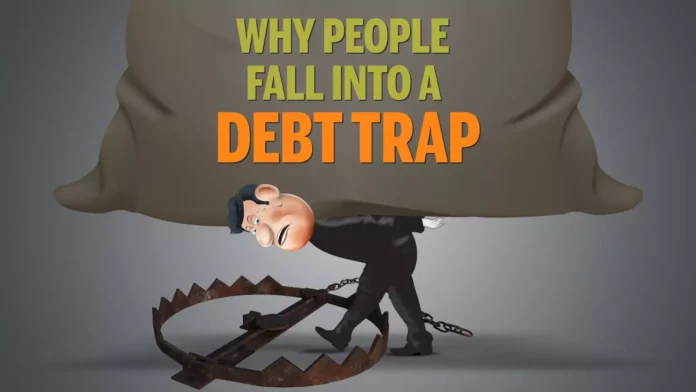
A debt trap occurs when a borrower is unable to repay their debt and the interest continues to accrue, resulting in an ever-growing balance that spirals out of control. This can happen for a variety of reasons, including taking on too much debt or having difficulty making payments due to unforeseen circumstances. It can also occur if lenders offer unaffordable loans, such as payday loans with high interest rates.
Debt traps leave borrowers struggling to make even minimum payments, often forcing them into additional borrowing just to keep up with their existing debts. In extreme cases, debt traps can lead to bankruptcy or foreclosure.
How to avoid a debt trap?
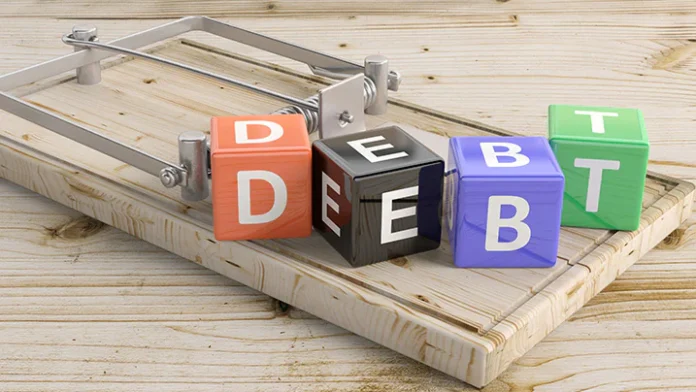
What is most important is the commitment to get out of the debt trap. You have to set a timeline for yourself and work accordingly. Talk to people who have experience. Also, you may take advice from financial experts. And finally, don’t be disappointed by the towering debt in front of you. With dedication and proper planning, you will overcome it.
Understanding debt
The solution appears when you understand the nature and type of your debt.
Below mentioned points should be considered. This will help you prioritise your debt repayment.
- Type of debt (credit card / loan / etc.)
- Debt tenure
- The interest you are paying towards the debt
- The total outstanding amount
Timely payment of dues
Never miss a credit card bill payment or loan EMI date. When you calculate your bills and EMIs, you will have a clear picture of the monthly debit amount; try and maintain the figure in your account. If possible, set up an ECS so the money will be directly debited from your account. Timely payment of bills and EMIs will ensure that you never hit the debt trap and build a good credit score.
Prioritize Your Debts
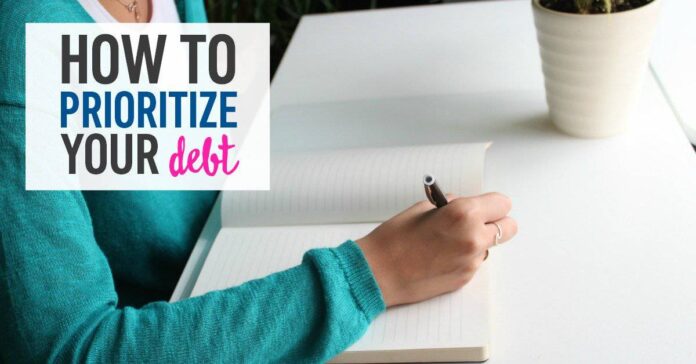
Next, prioritize your debts by importance using a variety of criteria such as interest rates or repayment terms. This will help you decide which debts should be paid off first and how much money needs to be allocated towards each one.
Create a Budget
Creating a budget will help you track your income, expenses and savings so that you know exactly where your money is going each month and how much can be put towards paying off debt.
Pay More than the Minimum Due
The minimum monthly payment on your debts is set up to keep you in debt as long as possible, so try to pay more than the minimum due each month. Even if it’s only a few extra dollars, it will help to reduce the principal balance faster and get you out of debt sooner.
Cut down on credit card usage
Having multiple cards keeps the temptation high for buying things that are not required or necessary. A better approach would be to stick with one or two credit cards for emergencies only and use cash whenever possible. Avoiding impulse purchases will help keep you out of a debt trap.
Change your lifestyle
It doesn’t mean you have to turn into a miser or cut essential corners. But, a deep look at your regular expenses will unravel your spending and borrowing patterns. From here, you can actually get rid of unwanted shopping, useless subscriptions, and frequent food orders. Small steps like these will have an immediate impact on your finances. The money you save here can be utilised to take care of your existing debts.
From a borrower to a saver
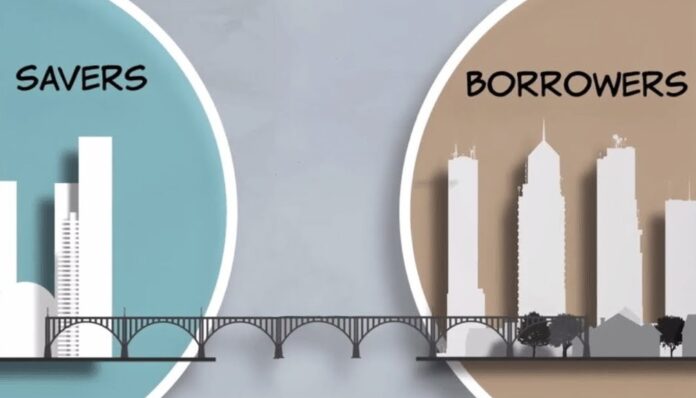
You should take the interesting journey from being a borrower to becoming a saver or investor. It will ensure that you use your hard-earned money towards a stronger and healthier financial future.
Things you should look at:
Savings account: A savings account is your first step toward financial growth. Today, opening a savings account is like ordering food. You just need to visit the bank’s website or download their app, share some basic details like Aadhaar and PAN, and your account will be delivered.
Kotak811 zero balance savings account offers multiple benefits to its customers. You will be given a 0 balance account, and the bank will not charge you any fees if you do not keep a balance in your account. You get to transfer funds digitally for free. The account also offers a complimentary virtual debit card; use it to take care of your online bill payments. You get up to 4% interest p.a. on the account balance. There is a credit card facility where you can get a Kotak811 credit card instantly with minimum documentation.
Recurring Deposit: Start a recurring deposit account. It is the easiest way to inculcate the habit of saving in you. Decide on an amount and start depositing it in the RD account every month for a predefined tenure. The interest earned is more than a regular savings account and it is one of the safest investment instruments free of market ups and downs.
Mutual Funds: Depending on your appetite for risk, you can slowly start to invest in SIPs on a monthly basis. There are multiple investment portals and mobile-based apps that can help you invest your money systematically.
Final thoughts
Try to keep an eye on where and when you are spending, and don’t get easily influenced. It is not that tough to beat debt; just be a bit vigilant and use the power of credit wisely. Learn more about how you can save and invest to overcome debt and better financial stability.
